It’s been nearly one month since California’s minimum wage hike, impacting restaurants with a sharp focus on a long-needed adjustment.
Yet, this pivotal shift brings a mix of challenges in the competitive, post-pandemic business terrain. As many restaurateurs find, staying afloat without sacrificing quality or customer satisfaction is a tall order.
Rising Costs at Your Favorite Spots
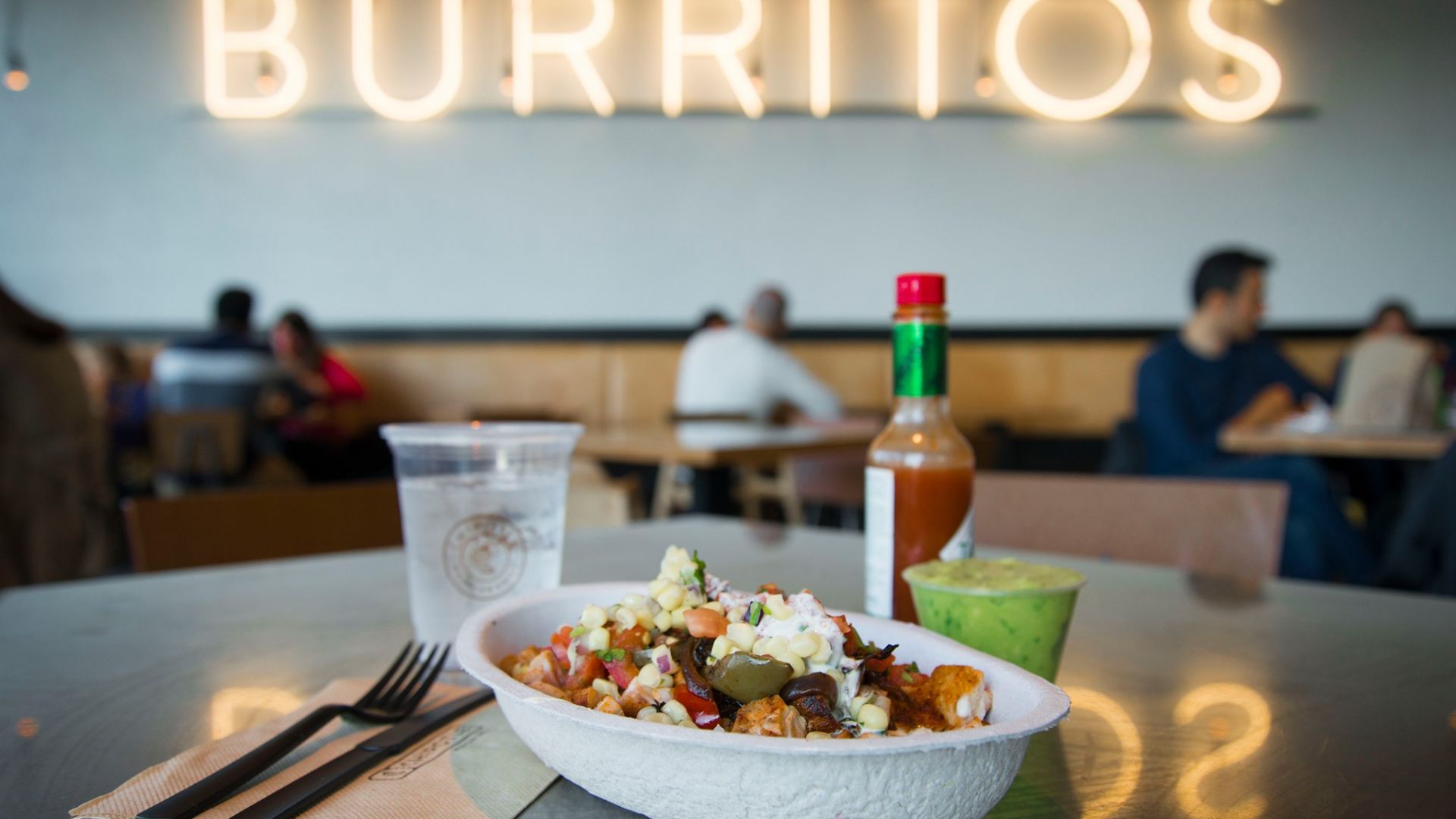
The Wall Street Journal reports that patrons are starting to feel the sting of increased prices, a move warned by executives from big names like Chipotle and McDonald’s.
This uptick comes as California’s minimum wage jumps to $20 at larger chains, squeezing both margins and wallets.
California Leads Price Hikes Nationwide

Dataessential’s menu price analysis revealed that California’s eateries, including fast-food and fast-casual joints, spiked prices by 10% since September—more than any other state.
This adjustment reflects the pressure to balance new wage standards while maintaining customer flow.
The Struggle of Adjustment
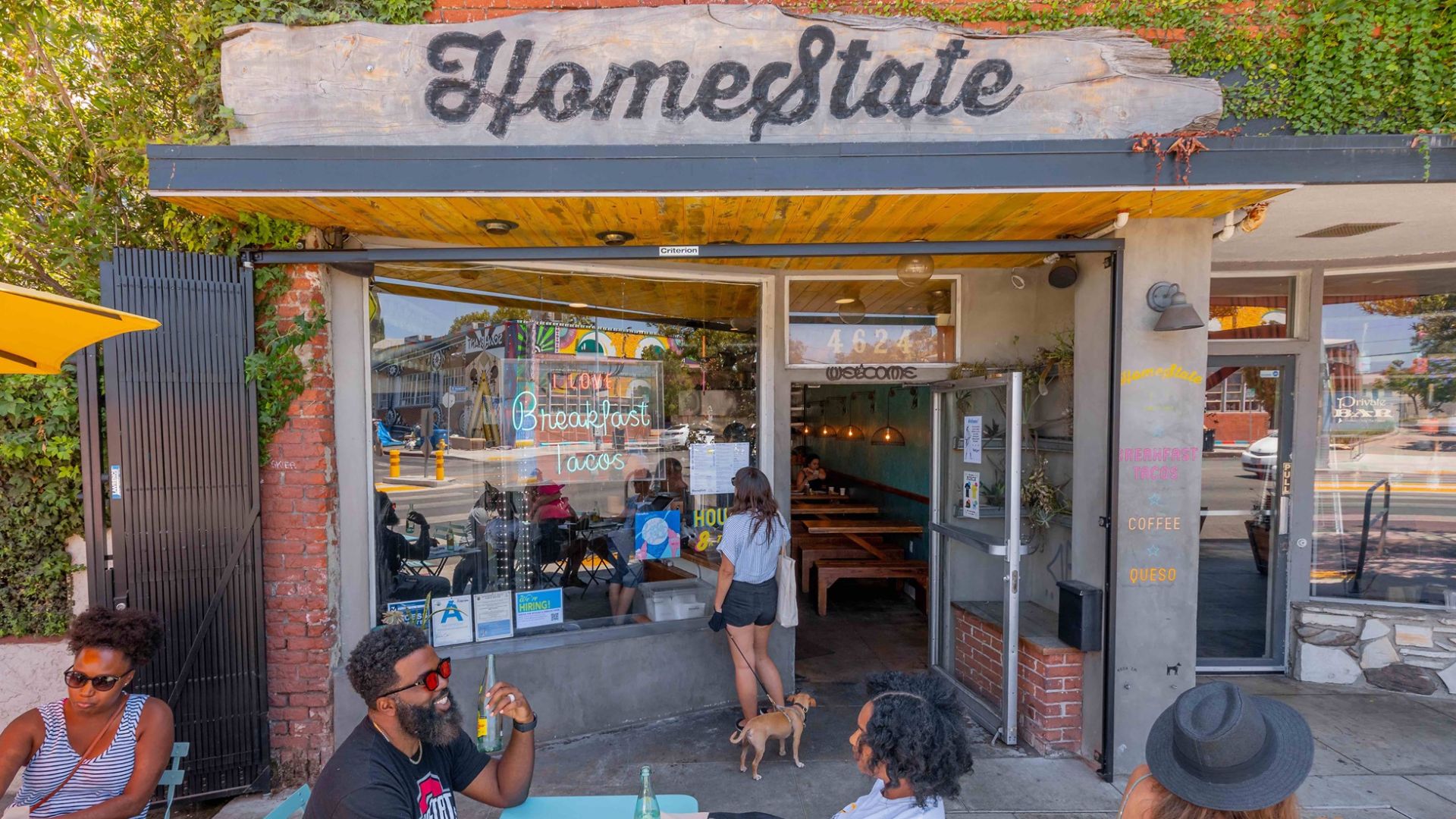
Briana Valdez of HomeState voices the strain, saying, “It’s really tough for restaurants to be the first industry to bear the brunt of this.”
The industry is facing a steep climb to match rising costs with fair wages without losing ground.
A Necessary Burden or a Stepping Stone?
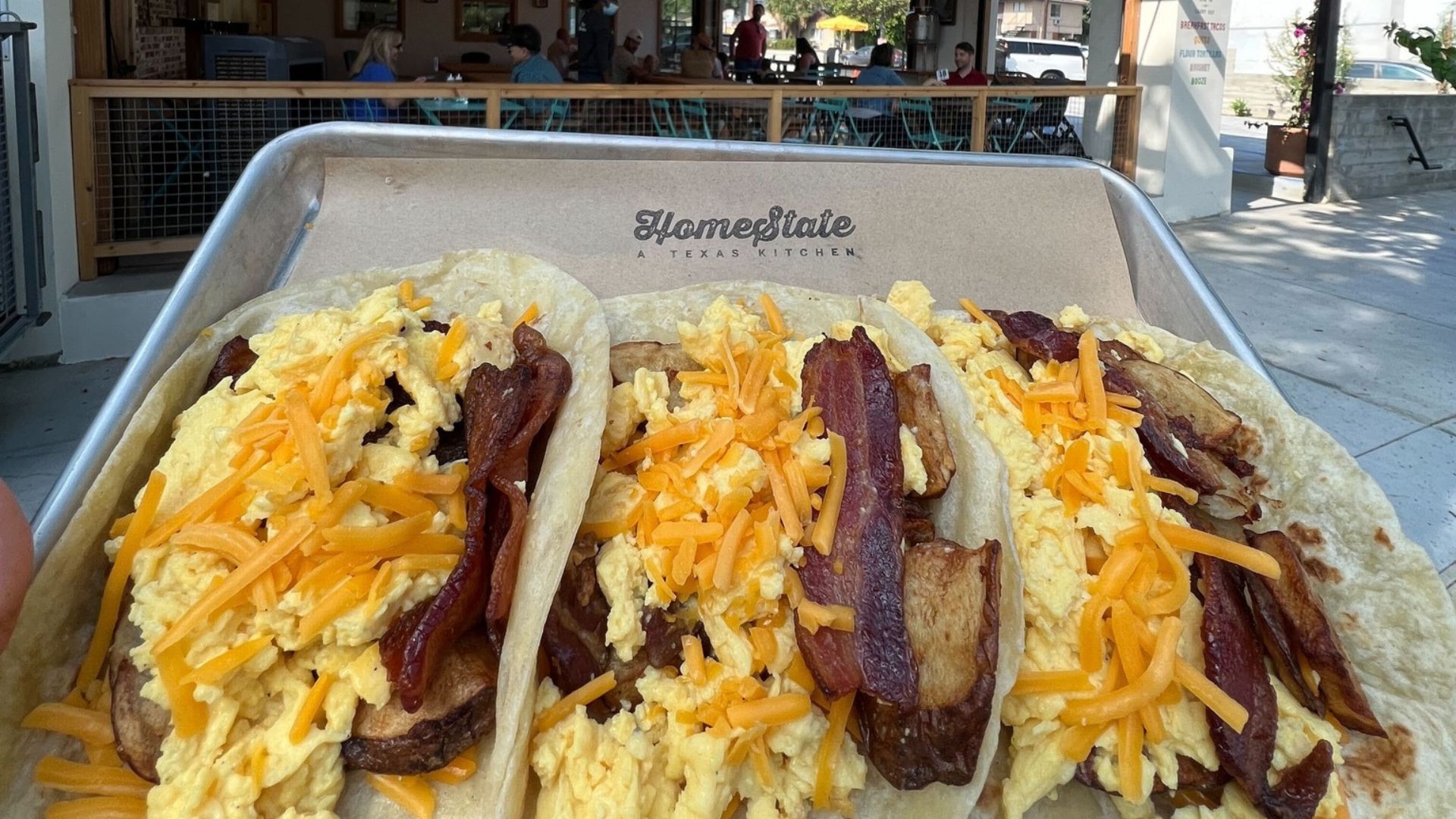
The wage increase is seen as a crucial correction for a stagnating wage system that hasn’t kept pace with living costs.
Valdez points out, “The pendulum is swung to kind of make up for a lot of inactive and stagnation with wages.” This reflects a broader economic recalibration, albeit a painful one for many.
Pandemic Heroes Face New Challenges
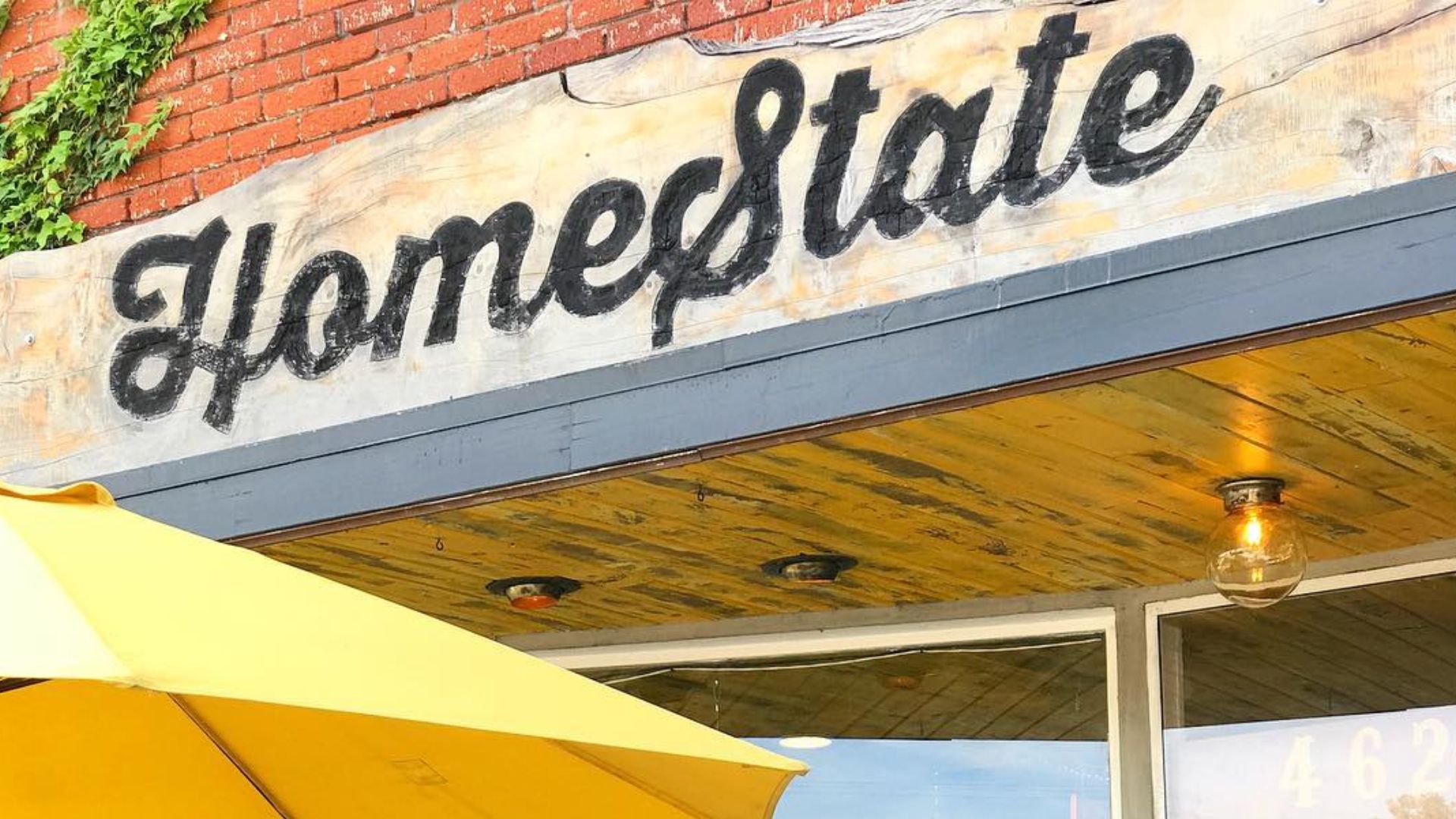
“Coming out of a time where restaurants…fought so hard to keep their doors open, now have another major impact,” Valdez continues.
The dual challenge of recovery and adaptation is testing the resilience of these businesses more than ever.
Equity at the Heart of Business
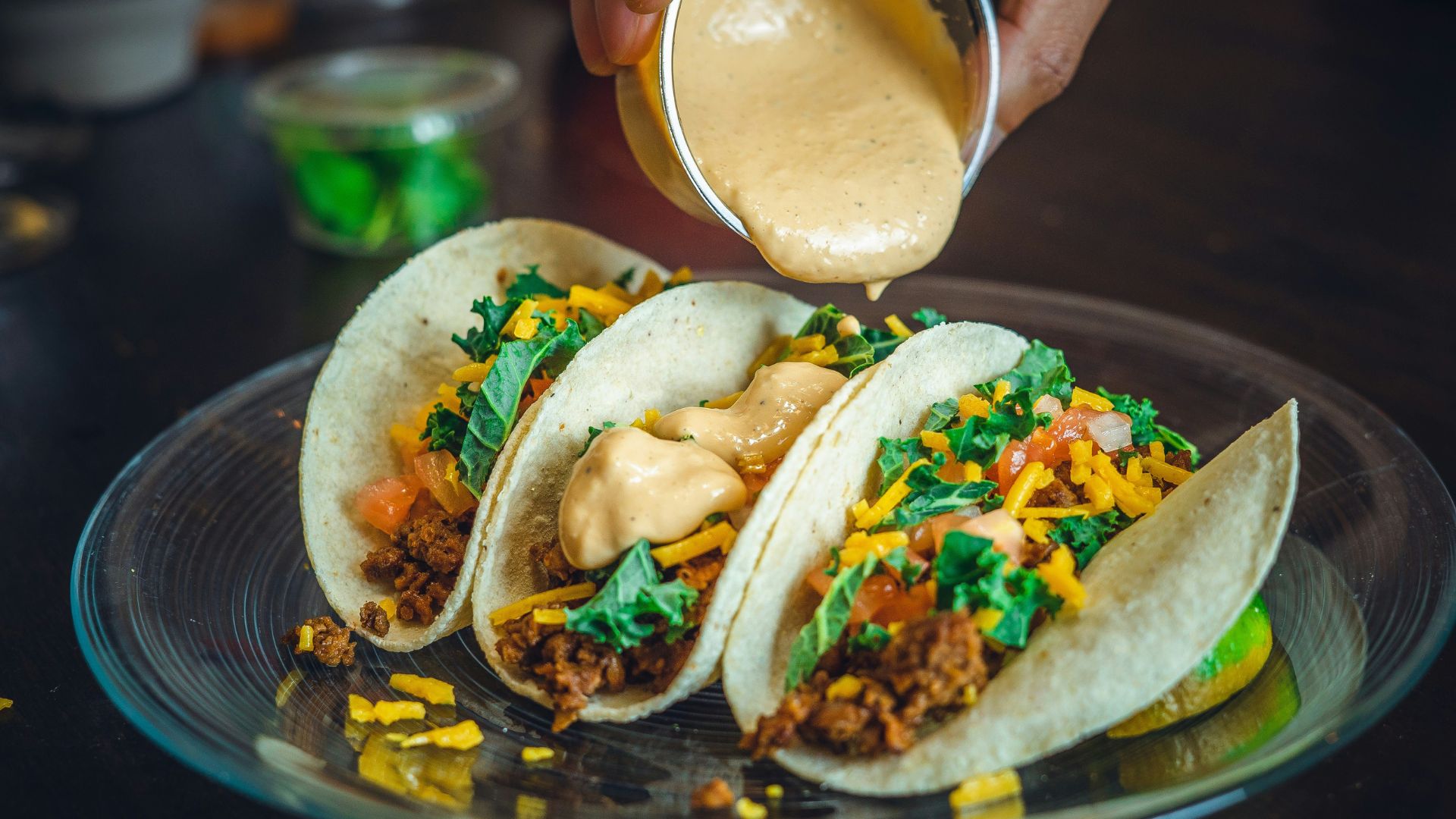
Valdez’s commitment to equity is evident as she champions a pooled house payment system, ensuring fair distribution of tips among all staff.
This approach aims to keep morale high and turnover low, crucial in an industry known for its high stress and low retention.
Above Average Earnings

Valdez reveals that her staff averages nearly $24 an hour, not counting tips as part of the starting wage, demonstrating HomeState’s edge in a competitive market.
According to Valdez, this strategy plays a crucial role in attracting and retaining skilled workers.
The Ripple Effect of Rising Costs
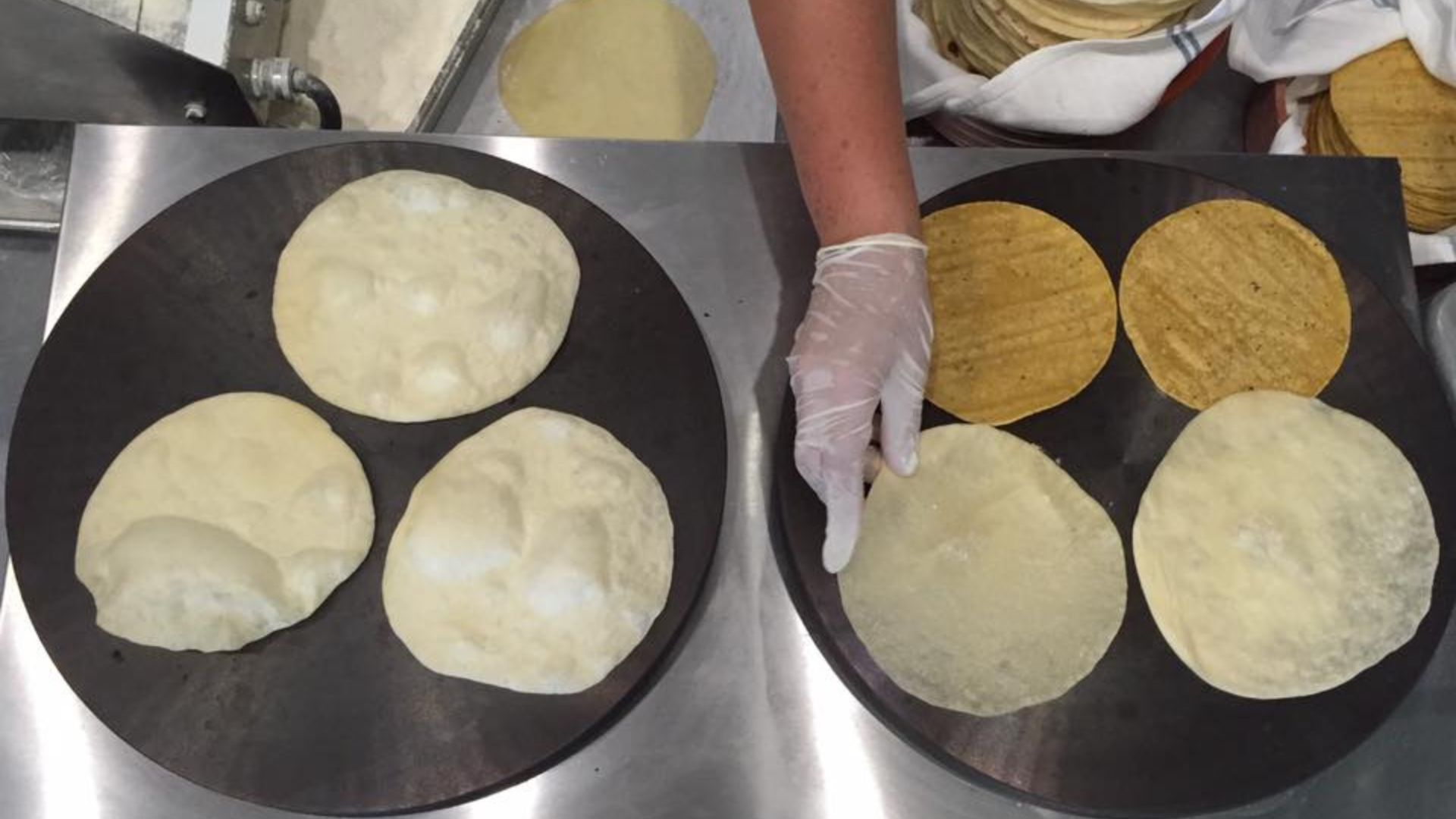
Valdez highlights the interconnectedness of the industry’s challenges, from rising vendor costs to increased operational expenses.
“We’re on the last end of all those commodities and markets that have come before us,” she notes, outlining the cascading effects of economic shifts.
Economic Realities
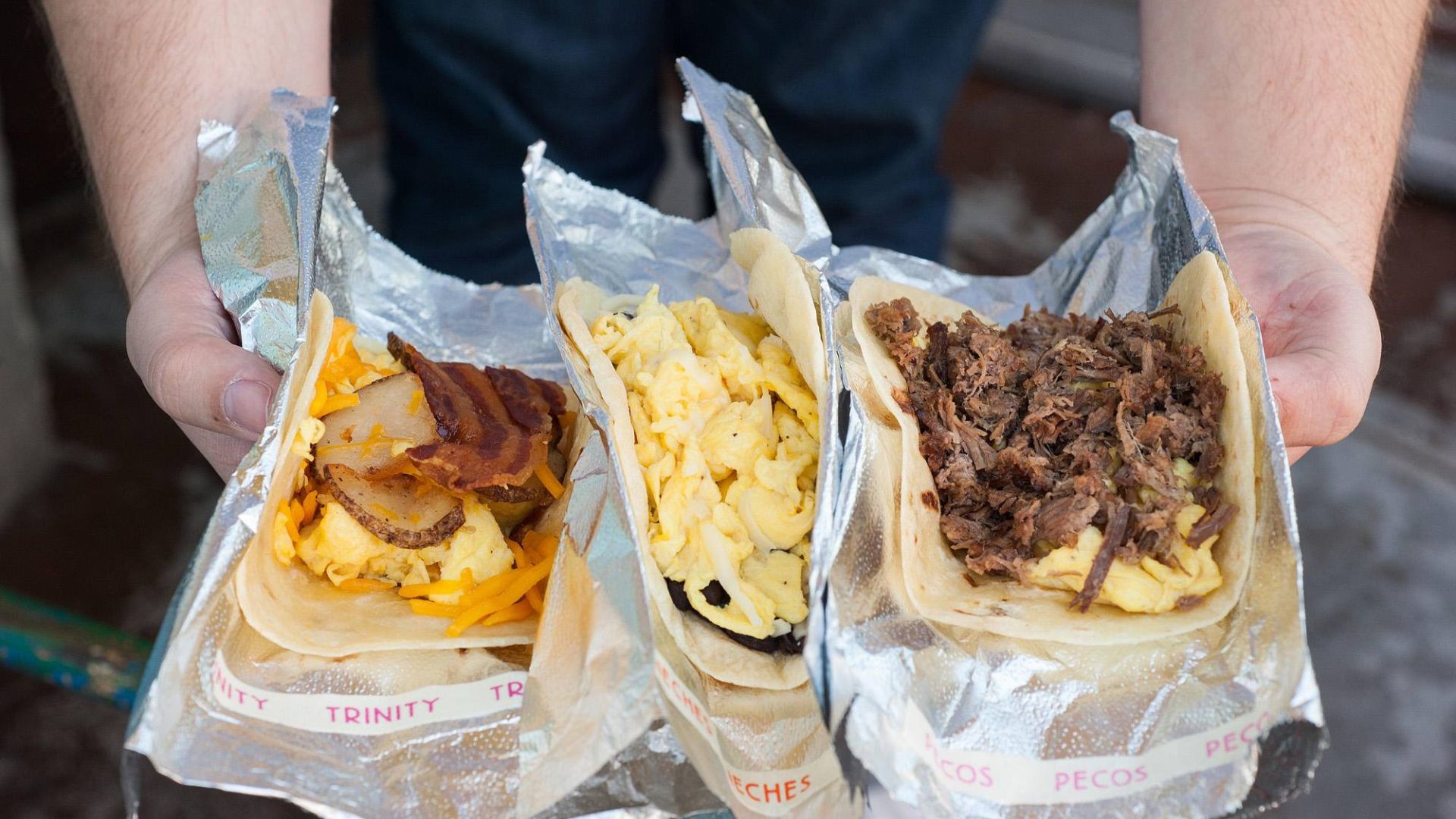
Facing direct financial losses, Valdez admits, “We’re losing money every time we sell a brisket taco.”
Her honesty about escalating costs is part of a broader strategy aimed at managing customer expectations and fostering loyalty.
A Preemptive Price Strategy Fails
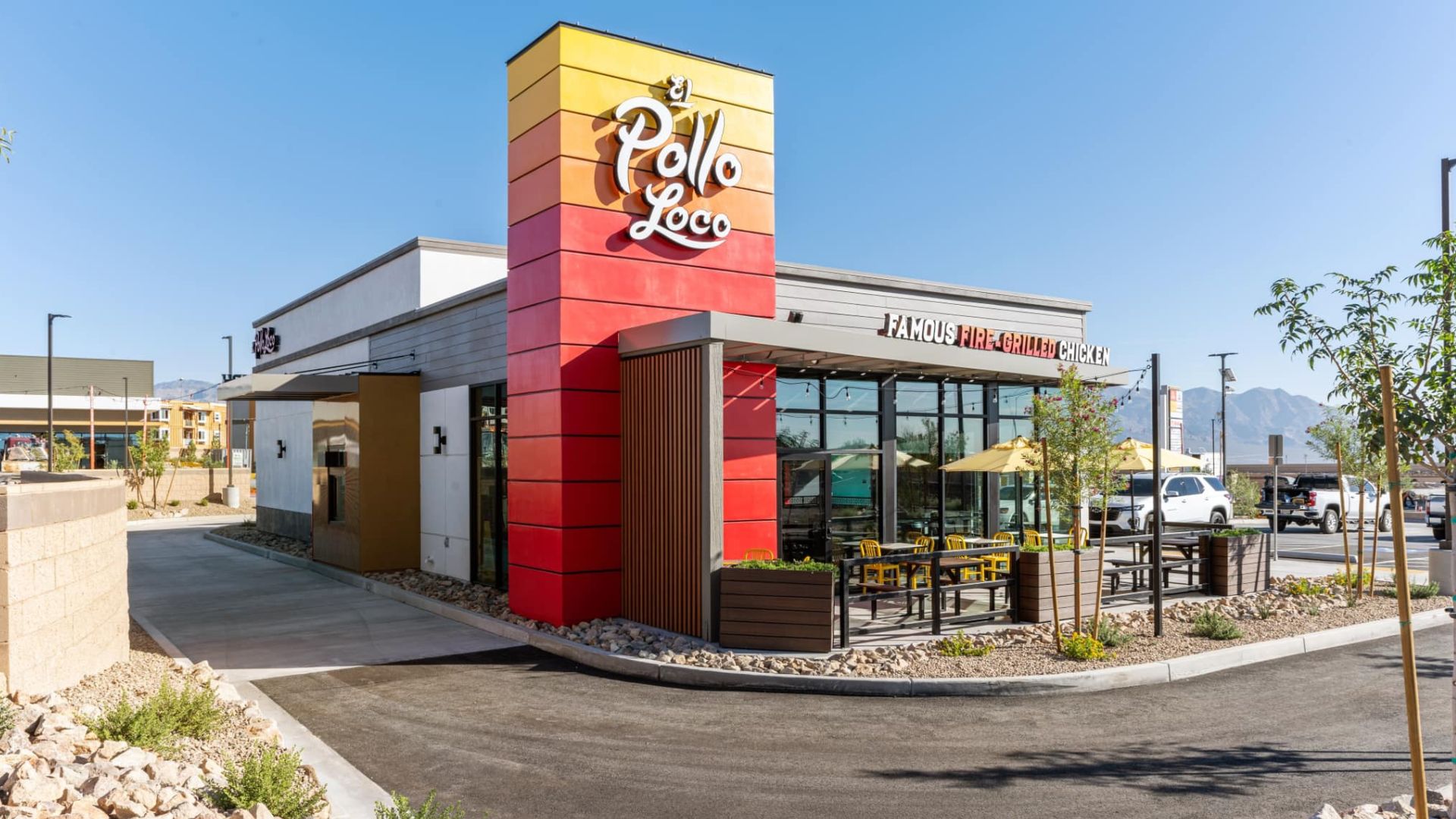
El Pollo Loco’s Michaela Mendelsohn tried to anticipate the wage increase with an early price rise but witnessed a 3% fall in transactions.
Her experience, shared openly on “Good Morning America,” highlights customer resistance to frequent pricing changes, presenting a significant challenge.
Seeking Sustainability Amidst Turbulence
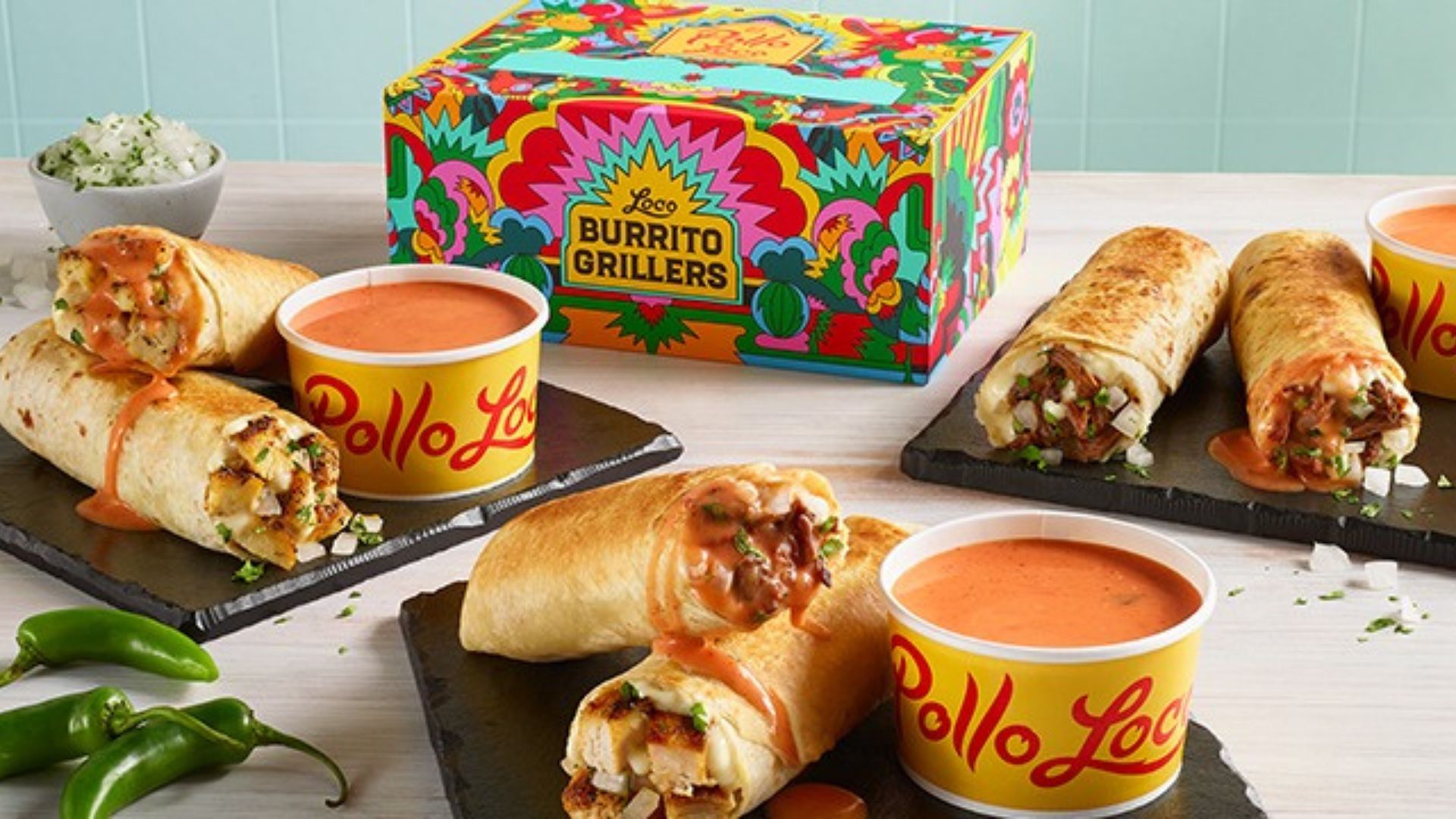
Mendelsohn reflects on the broader implications of targeted wage laws, suggesting a more phased, inclusive approach might lessen the impact.
“I’m not sure what’s gonna be left,” she admits, hinting at the uncertain future of businesses.
